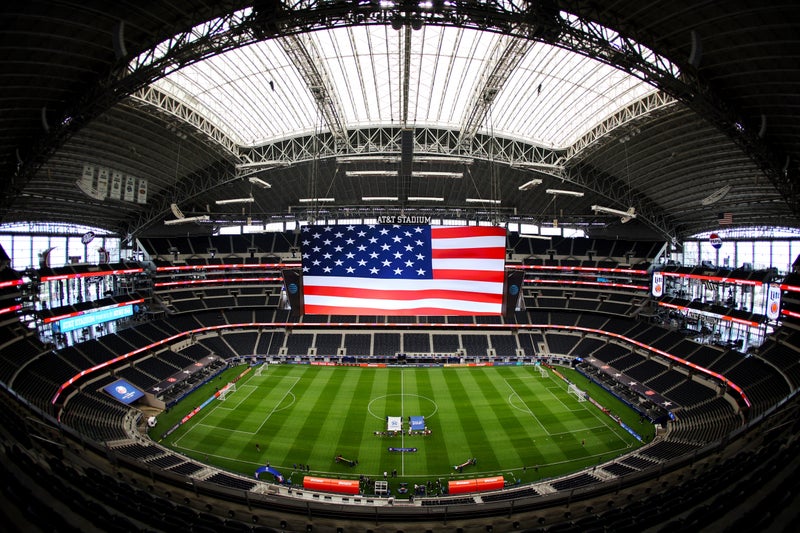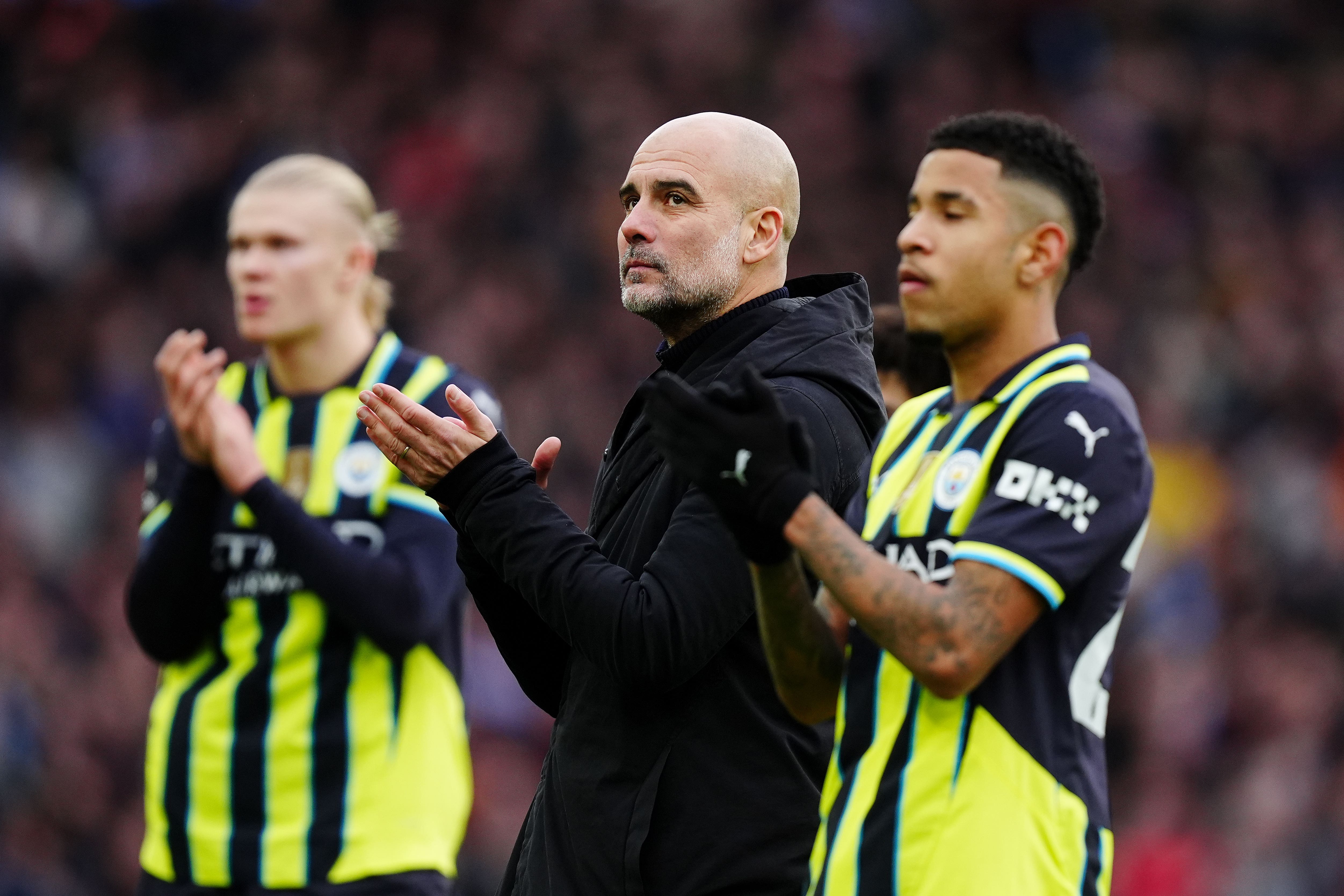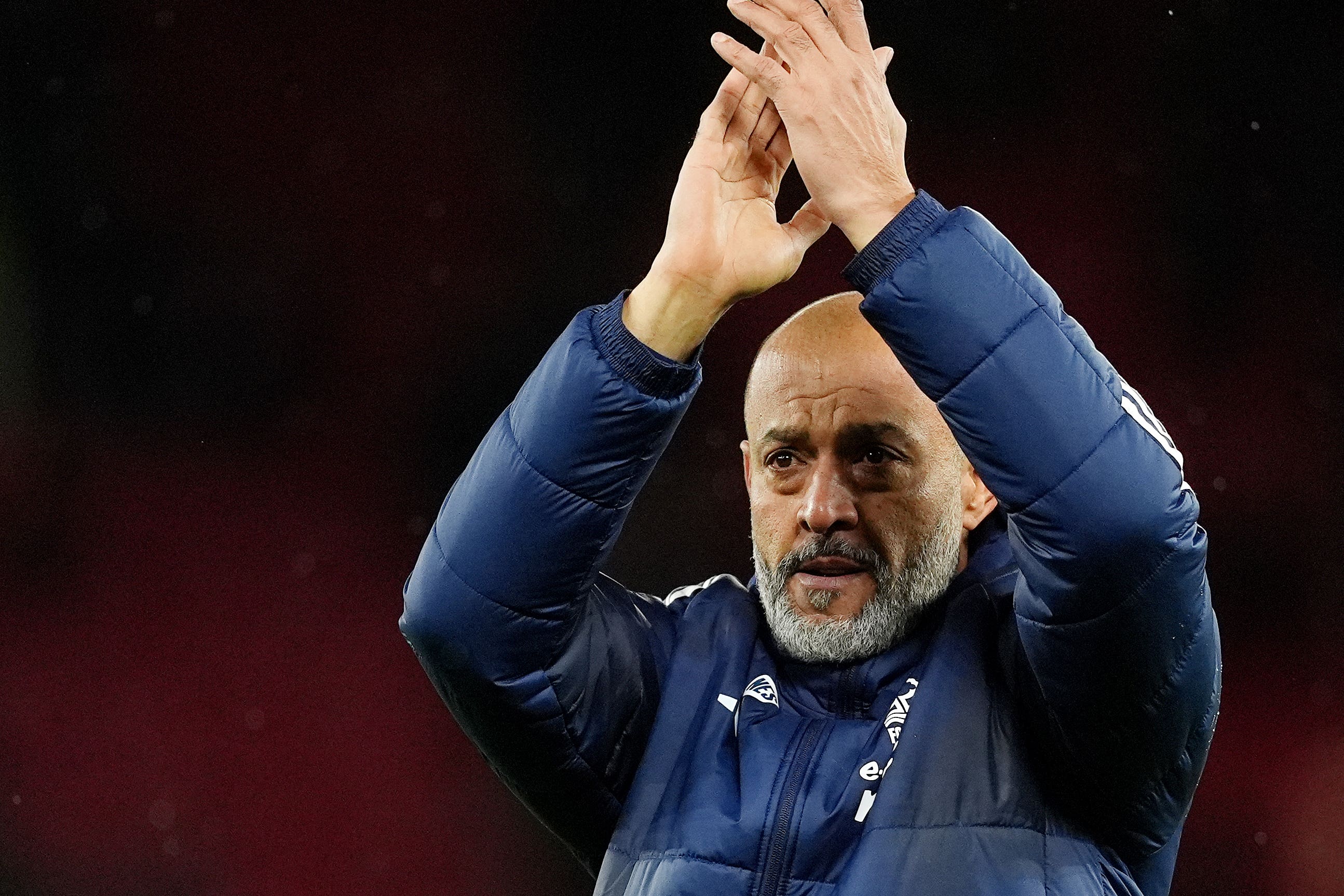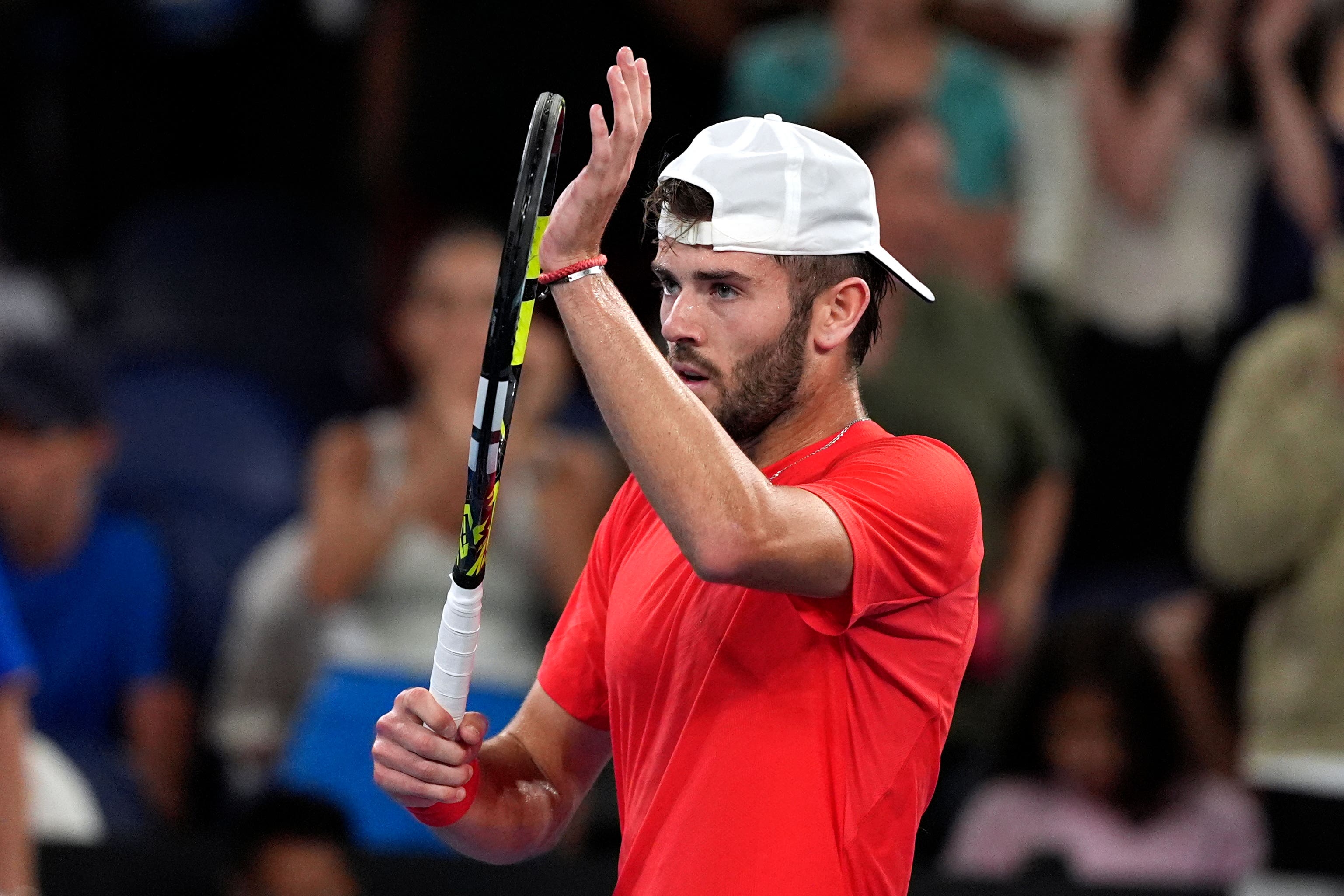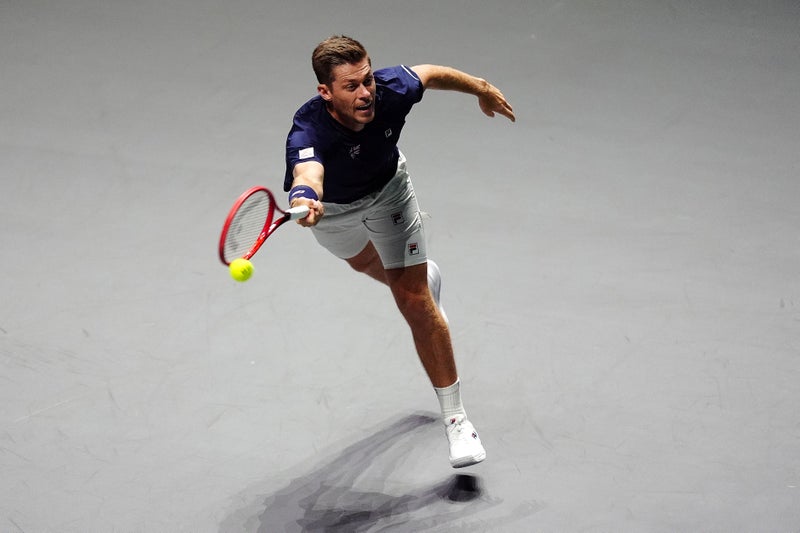The United Soccer Leagues (USL), the organization that administers most of the lower-division leagues in the United States, will announce on Thursday that it intends to add a new league to its portfolio: One that is sanctioned as Division I, the same level as MLS. The as yet-unnamed league, which USL says it intends to launch in 2027, would give the organization a circuit at each level of the men’s US Soccer system, along with the Division II USL Championship, Division III USL League One, the semi-pro USL League Two, and USL Youth leagues. It will also seemingly open up a direct line of competition between the organization and MLS, years after the two ended their strategic partnership that saw many MLS reserve teams playing in USL leagues.
Speaking to the Guardian, though, USL president and chief soccer officer Paul McDonough insisted that the league’s incoming creation is purely for its own ambitions. “I don’t think of it as a threat to the MLS,” he said. “I think we’re just gonna go and do our business.”. With roots in the Wild West of late-80s American soccer, the USL has undergone numerous shifts in identity and strategy. For the last 25 years, though, it has mostly administered lower-division leagues. On the men’s side, it comprises 38 professional teams in the USL Championship and League One, with a further 128 semi-pro or amateur teams playing regionally in League Two. Clubs in these leagues operate differently from MLS clubs in that they are independent, which McDonough says enables them to have drastically different business models depending on their location and ambition. Some clubs, like Orange County SC, focus on player development. Others, like Louisville City, aim to give fans as professional an experience as possible. Last year marked a major milestone, with the USL Championship final being broadcast on CBS and drawing a league-record viewership of 431,000.
Among the main reasons cited by McDonough for starting a new D-I competition is the USL’s belief that the United States is big enough geographically to sustain more professional teams. Europe, he pointed out, contains over 400 professional Division men’s I teams in an area comparable in size to the United States, which only has the 30 served by MLS. There are obvious differences there: Europe’s 400 top-flight teams play in in separate countries’ league systems, and the population of the continent is more than double that of the United States. However, McDonough is focused more on how such a saturation of pro teams creates a soccer culture and would “grow the game” in the Unites States.
“This is about us and it’s about us building a higher tier because we wanna be in certain communities,” he said. “Why can’t it be in middle America and smaller communities, why can’t Division I teams be there and be successful?”. The other reason for the new league is internal: The USL has ambitions to complete a unified league structure that covers nearly every level of American pro and semi-pro soccer. This too would bring the league in line with national European circuits, but with another key difference: McDonough says there are no immediate plans to institute a system of promotion and relegation into the USL portfolio, which would be a first in modern US soccer history.
“We’ve always stated our ambition to get there, but it’s a little bit more complicated in this ecosystem,” he said. “If the opportunity arises for us to do it, then we’ll do it.”. Asked whether D-I status would open the possibility of USL teams competing in the Concacaf Champions Cup, McDonough said “I hope so…I don’t want us to be excluded from any opportunities if it’s good for [the clubs] and they can grow to help grow the game in this country.”.
This won’t be the USL’s first go at starting a league that shares D-I status. Last year saw the launch of the women’s USL Super League that shares D-I status with the NWSL but differentiates itself in part by playing a fall-to-spring schedule like most European leagues. A USL spokesperson said the organization has no current plans to switch its men’s competitions to a fall-to-spring schedule.
Sign up to Soccer with Jonathan Wilson. Jonathan Wilson brings expert analysis on the biggest stories from European soccer. after newsletter promotion. The composition of the new league is still up in the air; current USL team owners were only informed of plans for the new competition on Wednesday night, with a public statement is set to be released on Thursday morning. The USL expects certain existing teams, especially those in the Championship, to make the step up, but will also soon be in conversations with multiple potential new owners. According to the United States Soccer Federation’s D-I standards, those owners must meet certain financial criteria: A principal owner with at least a 35% stake in the team whose net worth is at least $40m, and/or a group of owners whose combined net worth is at least $70m.

